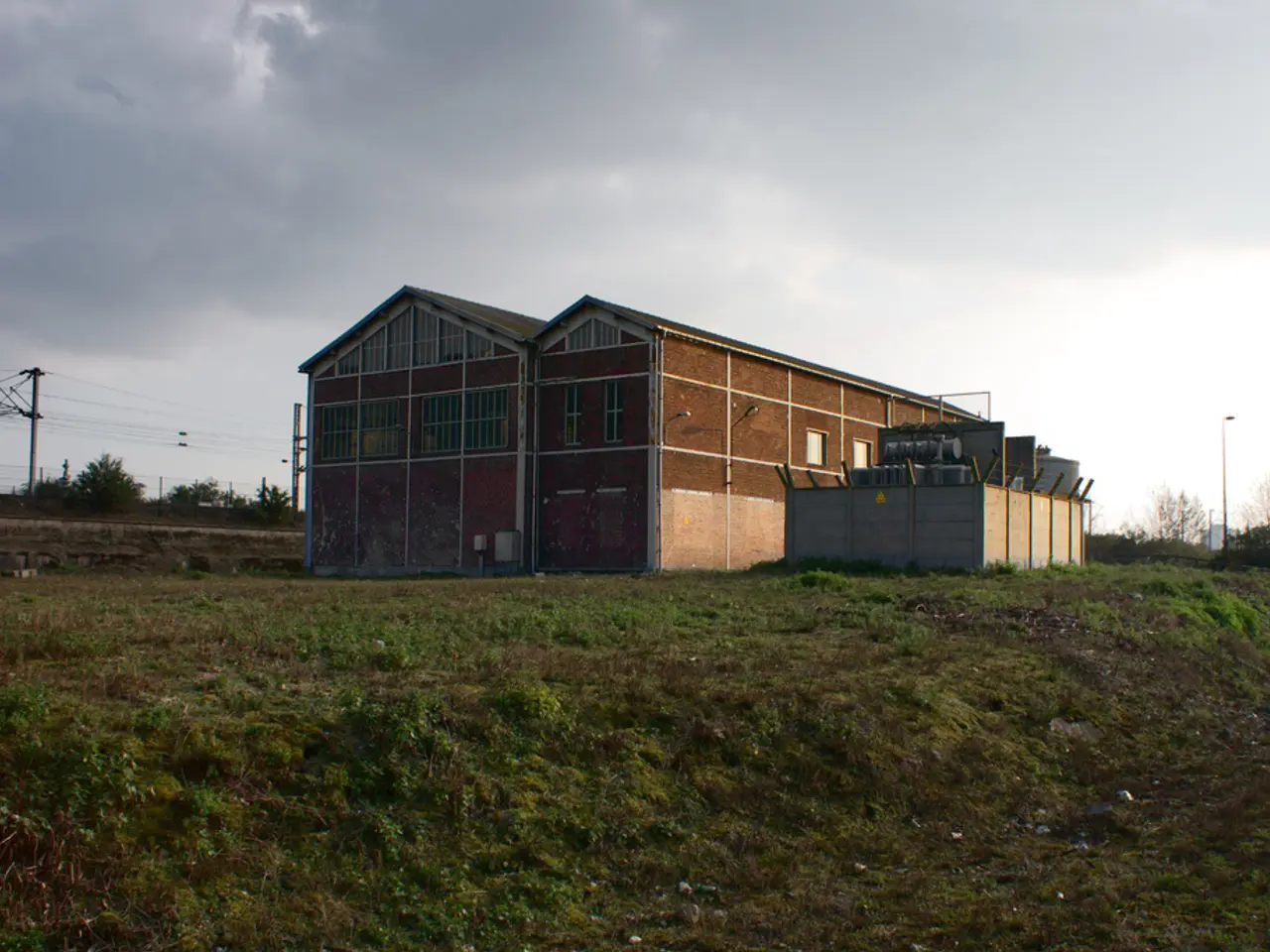Revised Construction Permitting Regulations for Preconstruction: Enforceability and Application of the Actual-to-Projected-Actual Test in Assessing Major Modification Obligations
The "New Source Review (NSR) Preconstruction Permitting Requirements: Enforceability and Use of the Actual-to-Projected-Actual Applicability Test in Determining Major Modification Applicability" is a new addition to the NSR Policy and Guidance Database. This document, published on December 7, 2017, offers valuable insights into the enforceability and use of the Actual-to-Projected-Actual (A-PA) Applicability Test in determining Major Modification Applicability under NSR air permitting regulations.
The A-PA Applicability Test is a key method used to assess whether a modification at an existing facility constitutes a "major modification" triggering NSR requirements. This test compares actual emissions from a facility before the project with the projected actual emissions after the project once it is fully operational. The goal is to see if the change in emissions exceeds significant emission rates defined under NSR regulations.
Key details of the A-PA Applicability Test include:
- Actual emissions before the project are generally based on a representative baseline period, such as the average emissions over a recent consecutive 24-month period before the project begins.
- Projected actual emissions after the project consider the facility’s maximum potential to emit, accounting for realistic operational limitations and planned production rates rather than theoretical maximum emissions.
- If the projected actual emissions are significantly higher than the baseline actual emissions, and the net emissions increase exceeds the NSR major modification thresholds, the project is deemed a major modification subject to NSR preconstruction permitting.
The A-PA Applicability Test replaces earlier test methods that were often more conservative or theoretical by basing the evaluation on more realistic emissions outcomes.
The implications of using the A-PA Applicability Test in NSR are significant. Facilities must carefully document actual historical emissions and provide credible projections of post-project emissions, increasing the importance of detailed emissions data and operational plans. This affects planning and permitting since avoiding a major NSR modification can reduce regulatory requirements and associated costs.
Moreover, the test is part of ongoing EPA regulatory reviews and updates, including efforts to clarify and sometimes revise how permit applicability is determined, as referenced by proposals to update EPA’s NSR policies and emissions accounting rules to reduce permitting burdens for certain projects.
The document, available as a PDF file, is designed to help with NSR air permitting regulations, including Prevention of Significant Deterioration (PSD) requirements. It is intended to provide guidance on the application of NSR air permitting regulations.
Please note that while efforts have been made to quality assure the documents, some may contain typographical errors due to being scanned or retyped versions of the original. If you need a copy of the original document, you can contact the office that issued the document.
[1] Reference for updates to EPA’s NSR policies and emissions accounting rules not provided in the bullet points. [3] Reference for ongoing EPA regulatory reviews not provided in the bullet points.
- The Actual-to-Projected-Actual (A-PA) Applicability Test, a crucial tool in environmental science, offers insight into the impact of climate-change policies on the environment by assessing the emission rates of facilities through realistic operational data.
- In environmental-science discussions, the enforcement of the A-PA Applicability Test in determining a facilities' Major Modification Applicability under NSR regulations goes beyond general-news headlines, influencing both policy-and-legislation and political decision-making.
- Implementation of the A-PA Applicability Test requires facilities to meticulously record historical emissions and plan for future outputs, which has substantial implications for environmental planning and legislative initiatives concerning policy, climate-change mitigation, and the well-being of our environment.








